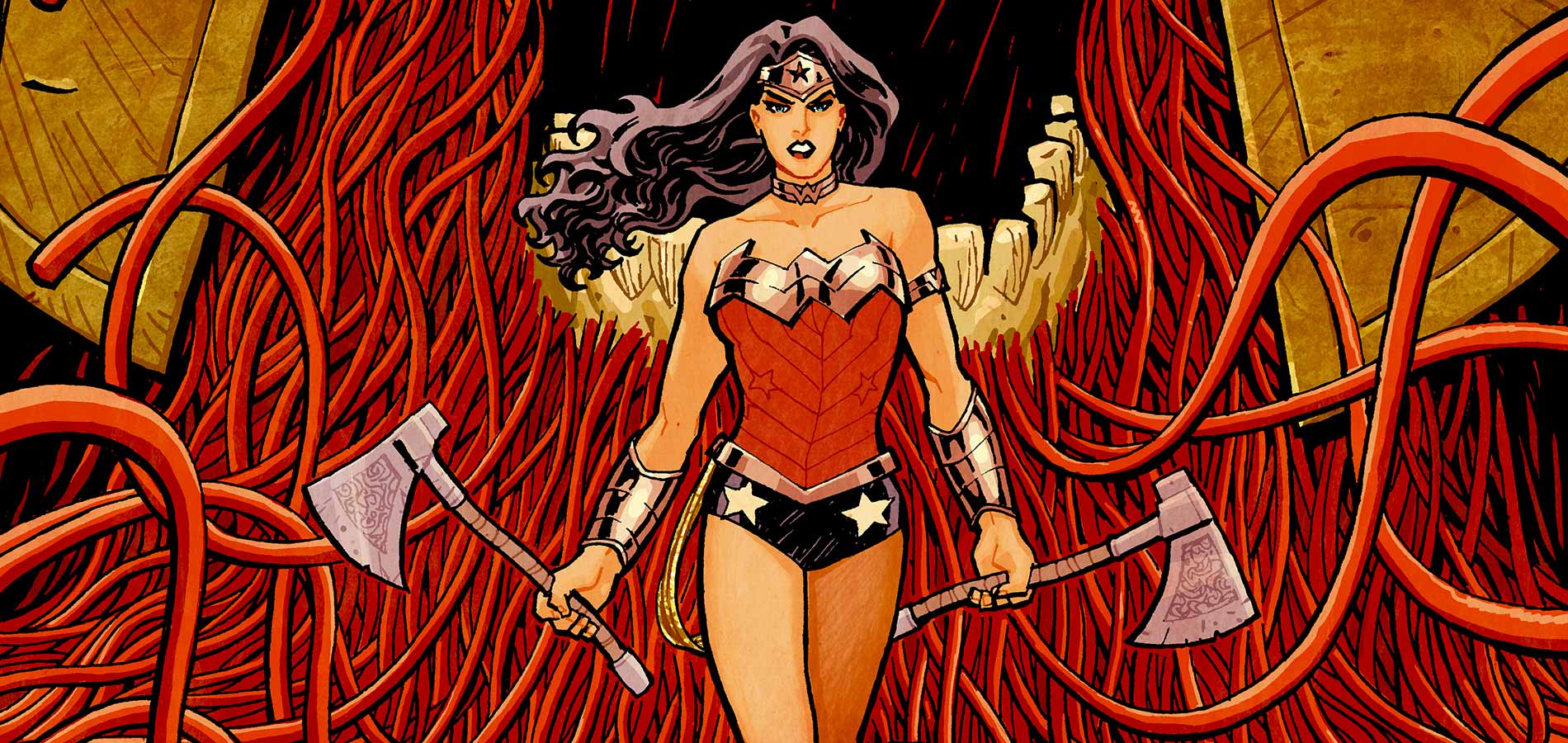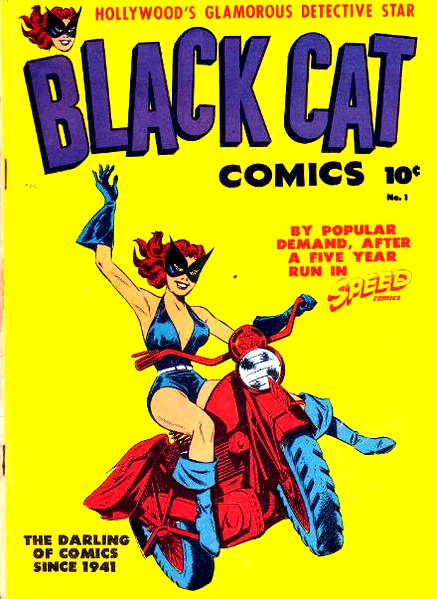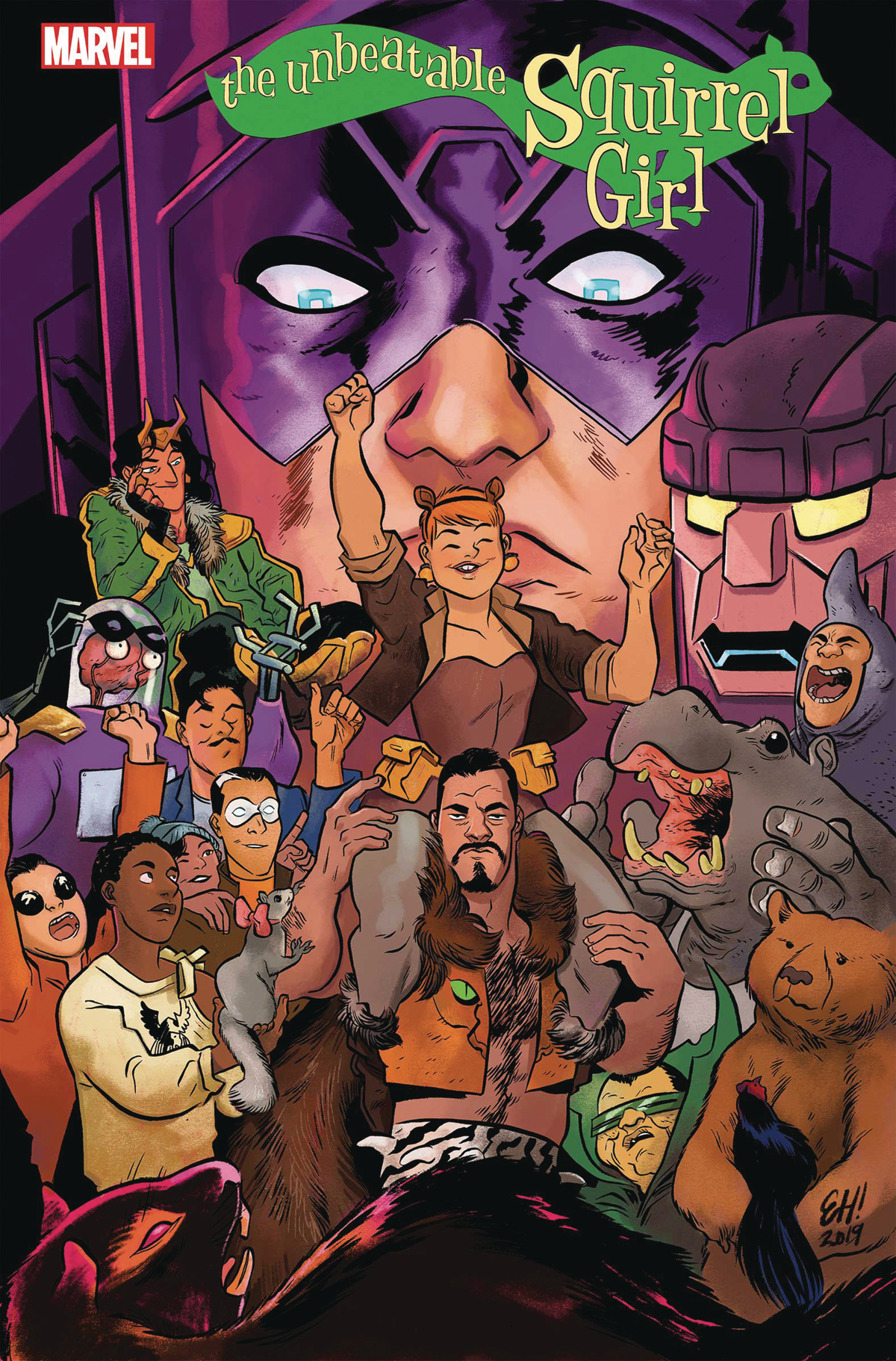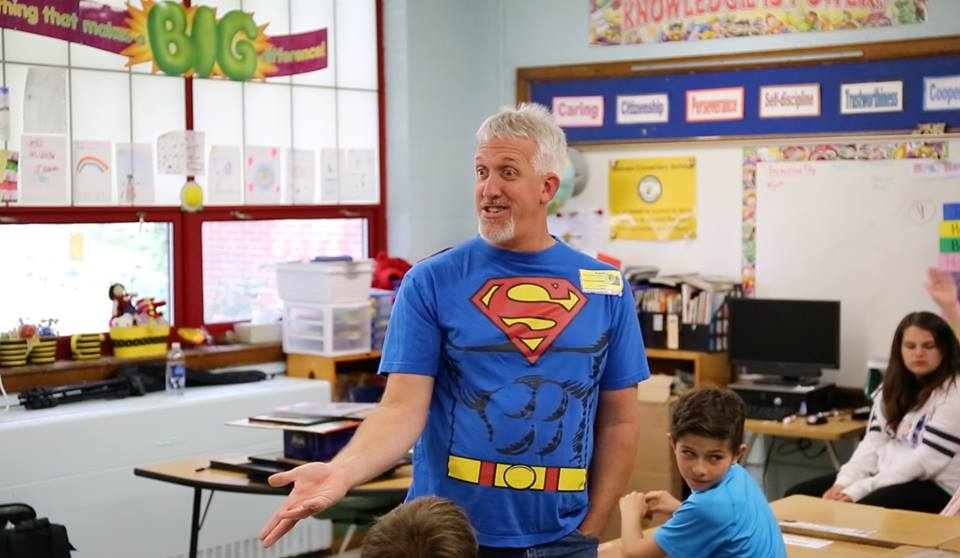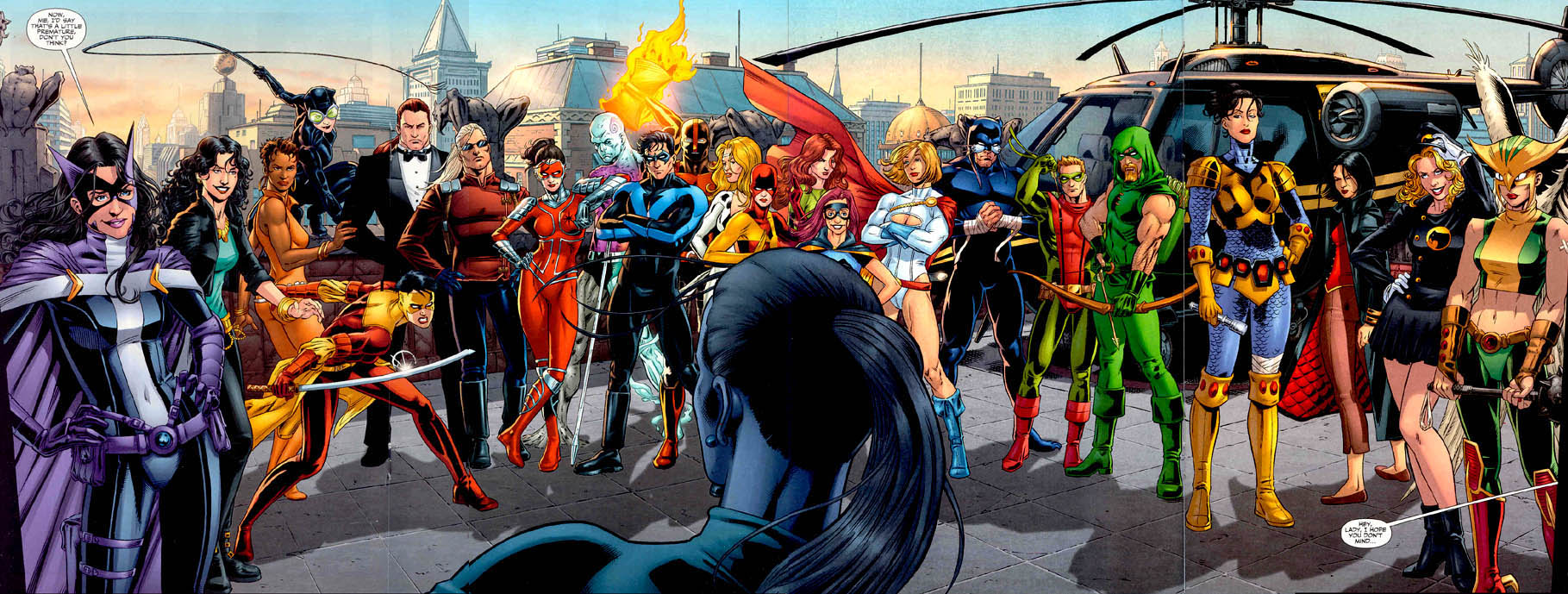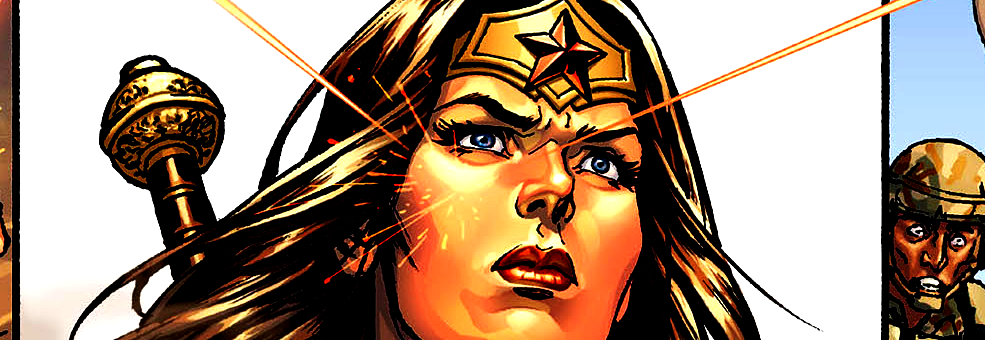A Women in Comics Week column by Talisha Harrison aka Tali Adina
In honor of it being Women in Comics Week, I wanted to interview some of the ladies in the industry. I asked each of them about how they got into comics, the projects that they’re working on, their thoughts on women in comics, and much more. Starting off the week is my interview with the creators of the webcomic Footloose: artist Emily Brady and writer Alley Nutall.
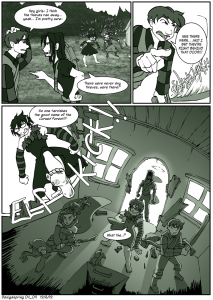
What got each of you into comics?
Emily: I’m not gonna lie, it was probably Pokemon. I spent a lot of my teenage years travelling all over the place in search of anything manga-related (this is back in the days of dial-up internet) and reading *anything* my local library dared stock, so it ended up being a random mash up of superhero comics, The Sandman and Strangers in Paradise (both of which were a big influence)
Ally: Em then passed a lot of those comics onto me, which was what got me into the medium. Strangers in Paradise is still my favourite comic series, and has been a huge inspiration, particularly when it comes to writing diverse characters (also, I met a lot of really good friends through the comic fandom). And I was also a Pokemon fan for an embarrassingly long while ^_^
Ally, what inspired you to become a writer and when did you begin to write?
Ally: I’ve always loved reading, and I was lucky enough to have lots of family members who would read to me. I distinctly remember one night when I was about five, when my Grandpa read me Peter Rabbit, probably for about the millionth time, and I realised that I wanted to write stories. I was completely certain that was what I wanted to do, and I’ve never changed my mind. From then on, I wrote stories constantly – a lot of them based on the long, epic games Em and I used to play with our friends at primary school (yup, we’ve known each other pretty much forever).
Emily, what inspired you to become an artist and when did you begin to draw?
Emily: I’m one of those people who has been drawing since they could hold a pencil but I started learning to draw in earnest when I was about 8 and I was given a watercolour set and some paper. I’m the kind of person who absolutely *has* to draw, all the time, every day, I feel a compulsion to record the world around me, to doodle random shapes and to illustrate stories. I maintain to this day that drawing is the only thing keeping me sane.
What advice can each of you give aspiring writers and artists?
Emily: I see drawing as a skill that anyone can learn, but it’s like going to the gym- the people who will really excel are the people who enjoy it for its own sake, and who train themselves every day. When it becomes a chore or when you stop challenging yourself, you’ll stop learning or start to go backwards. So my advice is to challenge yourself, and to draw and observe all the time.
Ally: I’ve heard some writers say that they avoid reading things in the genre they write, in case they end up copying it. My advice would be, never do that – read anything and everything, particularly the genres that you love. You might end up echoing another writer’s style unconsciously, but that’s what rewrites are for – and the more you write, the more you develop your own style.
Can you tell fans a little bit more about Footloose and what inspired you to create it?
Emily: We came up with the idea of a consciously fictional universe when we were teenagers and were writing the precursor to Footloose, but it was pretty bad. Footloose grew out of it and was out attempt to make something that stood up better on its own.
Ally: We also wanted to play around with ideas and tropes that we love, or love to take the mickey out of – which is why the magical girls are so horrible, and the mecha students are so underwhelming.
What are your goals for Footloose?
Emily: Mostly we just want to have fun, but occasionally we publish a book! Thematically we like exploring the rules of fiction versus the rules of reality, in the real world people aren’t good *or* evil, doing the right thing doesn’t always bring success and falling in love doesn’t guarantee a happy ending for you.
Ally: We also have a lot of other ideas for stories in the same world as Footloose – one of the great things about having lots of characters is that sometimes they take on a life of their own, and we end up telling their story. For example, Cherry started out as nothing more than a background figure, but he kind of ended up tugging at our sleeves until we gave him his own comic.
Besides Footloose, are there any other projects that you’re working on?
Emily: We make another comic set in the same universe called Cherry, which is about the adventures of Steve, the guy who inherits the powers of a dead magical girl. we have a couple of other projects we’re thinking about which expand the Footloose universe more but they’re kind of secret right now. Ally, tell them about your book!
Ally: Lol, okay ^_^ I’m currently writing a young adult fantasy novel, which is going to be the first in a series. I can’t say too much about it here at the moment, but keep your fingers crossed for me!
In your opinion, what things have changed for the better in comics for women? And what things still need to be worked on and what can be done about them?
Emily: A lot of the big publishing houses are still mostly run and staffed by men, which can make it hard to break in, and a lot of superhero comics still have some huge hurdles to overcome when it comes to positive female representation, both in the comics themselves and the people producing them.
I think the webcomic and independent comic movement has been a godsend to female creators and readers, because it means women and men have been able to tell stories from their own perspective without an editor breathing down their neck. The removal of that power structure has meant that the status quo isn’t being rigidly upheld by people worried about not having an audience. People are free to express different storytelling techniques, different business models (especially those regarding free content) and break out of all kinds of stereotypes regarding race/sexuality/gender/lifestyle, I think that’s part of why the indie movement is so popular, because it’s huge and diverse and there’s something for everyone!
Ally: Picking up on Em’s point about positive female representation – I read a really good point the other day (unfortunately, I can’t remember where), saying that a lot of story producers seem to think that readers want strong female characters, when what we really want is strong female characters – in other words, that some stories think that as long as they have a female character who isn’t a damsel in distress, they don’t really need to focus on much else about her. I think a lot of print comics are particularly guilty of this, although there are some brilliant exceptions, such as Strangers in Paradise and many of the women in Sandman. However, I do think a lot of things are changing for the better – many of the mainstream comics seem to be realising that they have an increasing number of female readers, and, as Em said, the Internet has given female comic creators a platform that they didn’t have before.
How can those of us who love comics encourage young girls and older ladies who want to to draw, write, or just be involved in comics?
Emily: Just do it, and don’t let anyone tell you that you can’t. Go to a comic convention and chat to people in the artist alley- we’re friendly folks and we will give you all our secrets! Put your work online for people to look at, most people will find something positive and constructive to say to help you improve. Sometimes you’ll encounter nasty folk too, but be strong and rise above it, don’t let them bring you down to their level. If you want to make a comic, do it! if you want to write a book- just do it! Don’t put all your hope on a publishing deal or a huge audience, do it because *you* want to. 🙂
Ally: And never put off starting something because you want it to be perfect – if you do that, you’ll never do anything. Get stuck right in, and accept that you’re going to learn as you go along. Be happy if you look back and cringe at some of your earlier work – that means you’ve got better!
Who is one woman in comics that each of you admire?
Emily: I was a massive fan of Rumiko Takahashi as a teenager (the author/artist of Ranma 1/2 and InuYasha). her art style is fantastic and she proves that a lady can write and draw great comics and be popular!
Ally: Jennie Breeden, writer and artist of the webcomic The Devil’s Panties. I love her writing, storytelling, and sense of humour, and I really admire her drive and her dedication to her work. Plus, she came up with the genius idea of combining kilts and leafblowers ^_^


